Desertification is the degradation of drylands that results in a loss of ecosystem productivity, such as the loss of desert grasses and subsequent encroachment by woody shrubs. Long term data and experimental manipulations at the Jornada Basin LTER are illuminating these transitions and their relationship to climate, land management, and physical or chemical processes in the Chihuahuan Desert.
Research Highlights
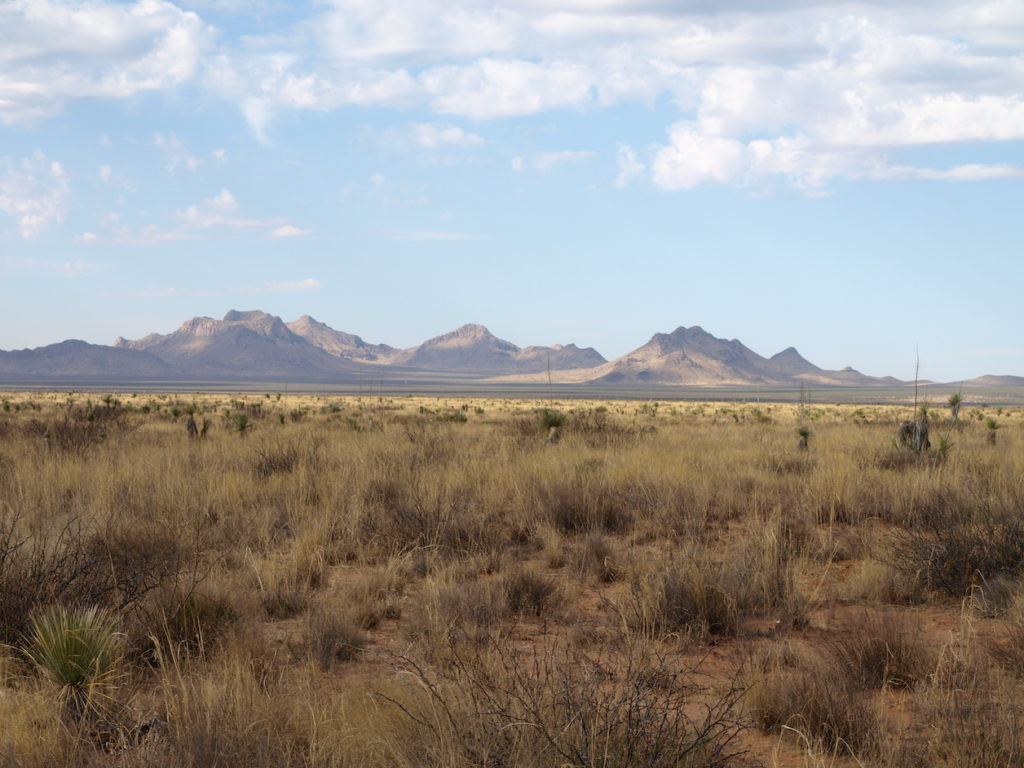
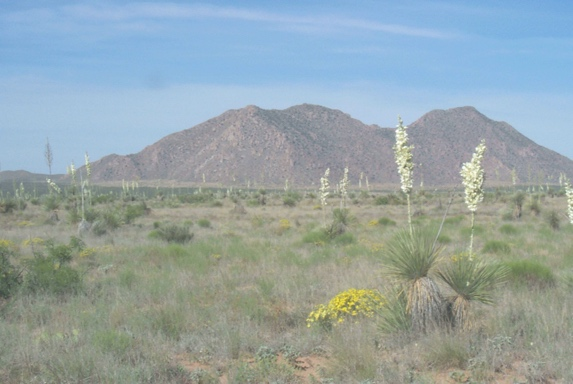
Thresholds and Scale-dependent Feedbacks in Perennial Grasslands
The ThreshEx Experiment was initiated in 1996 to examine the interactive role of heavy grazing and increase in shrubs on the loss and subsequent recovery of dominant perennial grasses. The experiment was intended to mimic the heavy grazing episodes of the early 20th century that resulted in the loss of perennial grasses and extensive transition to shrublands that occurred throughout the Southwestern United States. We tested the mechanisms of ecological thresholds and if they were related to scale-dependent feedbacks as argued in recent theory. Our results show a threshold response in only one paddock, yet all paddocks were dominated by the stoloniferous grass Bouteloua eriopoda (black grama) that historically was lost to grazing and drought across much of the Jornada Basin (Bestelmeyer et al. 2013). Further analyses show that both grass cover and patch size need to be reduced to extremely low levels before G→S transition thresholds are crossed (Svejcar et al. 2015).
PI: Brandon Bestelmeyer
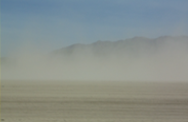
(NEAT) Nutrient & Ecosystem Impacts by Aeolian Transport:
In 1990, a 100-m radius semicircle was scraped of vegetation to measure wind flow. By 1997, the area downwind of the Scraped Site had converted into a mesquite duneland whereas the area upwind remained a mixed shrubby grassland. Observed changes in soil nutrients and plant community provided justification for a more controlled experiment to observe the potential impact of aeolian transport on arid ecosystems. The NEAT experiment started in 2004 and continues to today. Results demonstrated how aeolian transport drives and reinforces state change (Okin et al. 2018). Material deposited in upwind plots has unexpectedly begun to erode as scouring fronts advance downwind. Depletion of SOM and winnowing continues to deplete C and N (Li et al. 2017). We are investigating effects of ongoing wind erosion on vegetation (by continuing NEAT monitoring) and biocrusts, and their potential feedbacks to surface soil stabilization.
PI: Greg Okin, Ferran Garcia-Pichel
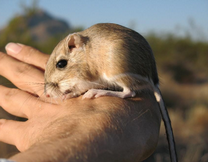
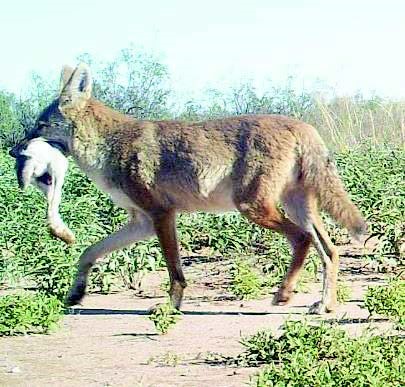
Temporal Dynamics of Animals Across Ecological States
Population dynamics of desert rodents and lagomorphs (kangaroo rats and jackrabbits) integrate several important patterns and processes in arid landscapes including resource pulses, spatial flows of resources and individuals, and habitat structure. Moreover, these mammals create key feedbacks because they can potentially limit plant establishment and cover through selective herbivory, granivory, and soil disturbance. Recent research at the Jornada Basin LTER has shown that wet periods with increased ANPP trigger lagged rodent irruptions and higher biomass of transient rodent species on shrub-dominated sites. In contrast, rodent declines during drought are mostly among core species. Hence, bottom-up control of desert rodents depends on lagged responses to ANPP pulses and core-transient dynamics moderated by shrub cover (Schooley et al. 2018). Top-down control of small mammals by predators with feedbacks to state change at the Jornada Basin are unknown. Variable impacts of herbivore exclusion on black grama reproduction (Svejcar et al. 2019) might be related to top-down effects.
PI: Bob Schooley, Brandon Bestelmeyer